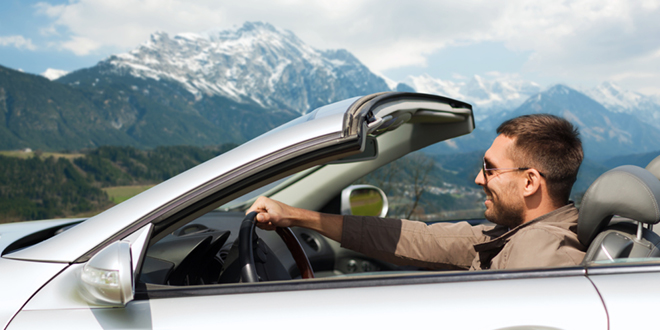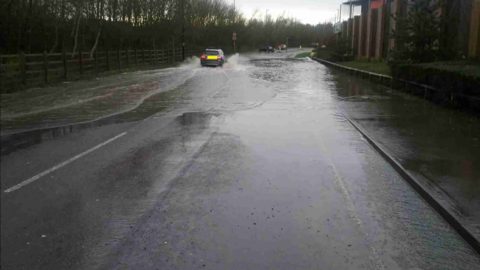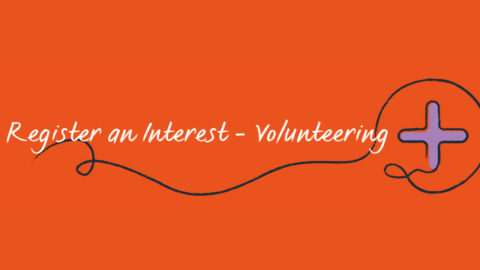European Driving Tips

The summer holidays are on their way and with many choosing to jump in their cars and drive rather than fly, here’s some top tips to help you on your way:
Map reading is a dying art these days, thanks to sat navs and mobile phone apps. but it’s a good idea to have a detailed map stashed in the car.
If you’re taking children and they are 12-years-old or younger, or 135cm in height they’ll need to be sitting in a suitable child seat.
Don’t forget your driving licence, if you get pulled over abroad, the police will want to see it – you’ll also need it if you plan to hire a car.
In France, you are legally required to carry your own breathalyser (probably a good idea if you’re going near one of France’s wine regions!)
Do your research and learn the road rules for an area that you are travelling through.
Also, remember that the road signs are all in metric, and as such the speed limit is displayed in KMPH, not MPH.
If you look after your car, it’ll look after you, so get it serviced before you depart as it’ll give you the peace of mind before you set-off.
It’s also worth making sure your breakdown cover extends to Europe. If not, it’ll save you a lot of grief should your car let you down.
Call your insurance company – most cover you for a trip to Europe, but it’s better to be safe than sorry.
It is the law that you carry a spare bulb kit in France, so make sure you’ve got one of those.
You’ll also need a hi-vis jacket and a warning triangle.
It’s good practice to make sure you have an inflated spare wheel (not all cars have them these days) and a jack.
If not a spare, at the very least, a can of tyre sealant and accompanying tyre pump, these might just get you out of trouble.
By Ben Morley






